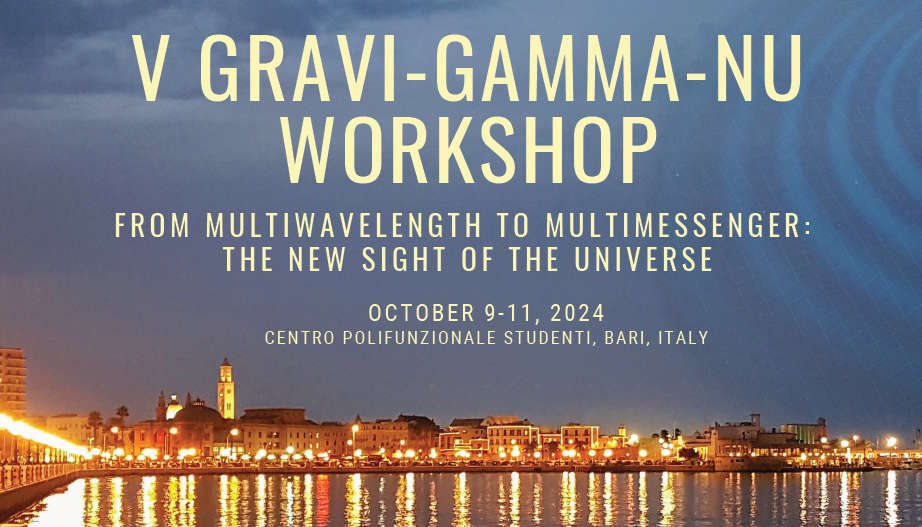Speaker
Description
PG 1553+113 is a high-frequency peaked BL Lac object with a redshift of 0.433, detected by the current generation of Imaging Atmospheric Cherenkov Telescopes up to approximately 1 TeV. Interestingly, the continuous gamma-ray light curve recorded by Fermi-LAT since 2008 has shown a periodic modulation of 2.18 ± 0.08 years at energies above 100 MeV and 1 GeV. Additionally, the source displays clear variability on a day-scale across all bands. Recent XMM-Newton data revealed rapid variability in the X-ray band down to 40.01±11.67 min. Periodicity and intra-day variability have not yet been detected at very high energies (VHE) i.e. above 100 GeV.
Short-timescale (sub-hour) variabilities are key observables to probe the small spatial structures of the jet, e.g., constraining the size of the photon-emitting region in the jet. The first Large-Sized Telescope (LST-1) of the Cherenkov Telescope Array Observatory, located on Roque de los Muchachos in La Palma, Spain, provides a unique opportunity to study such phenomena due to its high sensitivity at low energies and low energy threshold (down to about 20 GeV). In April 2023, a very bright flare from PG 1553+113 triggered LST-1 and multi-wavelength observation campaigns. In this study, we present the results of these observations, with a focus on the search for short-timescale variability in the VHE range. We characterize the variations in the observed flux of PG 1553+113 during a 4-hour observation conducted by LST-1, with hints of the presence of intra-day variability.

